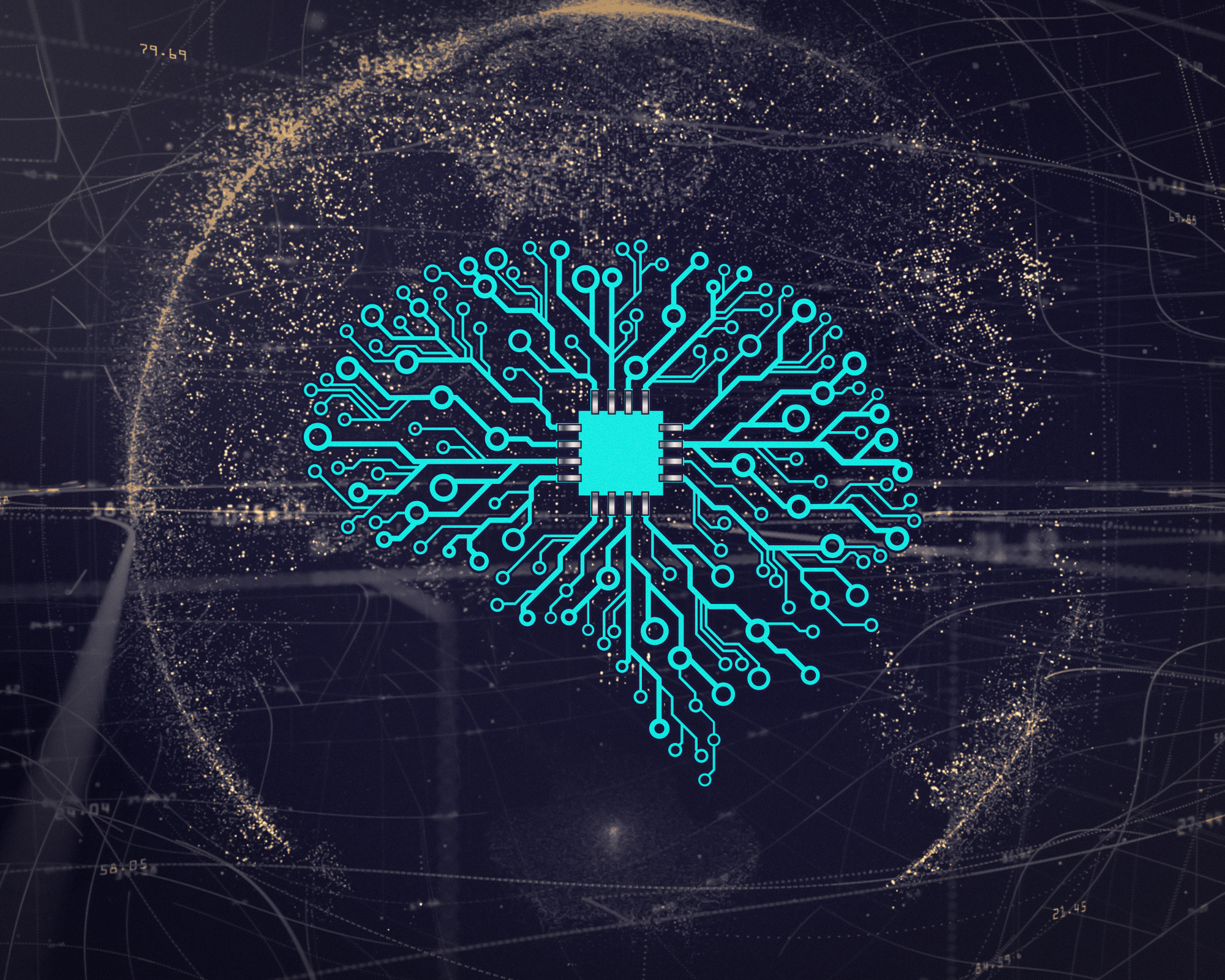
Artificial intelligence to save the day? How clever computers are helping us understand Huntington’s disease.
Scientists at IBM and the CHDI Foundation have used artificial intelligence to analyse datasets from Huntington’s disease observational trials to model progression of the disease. They hope their findings will help improve clinical trial design.

Scientists have developed a new model that maps out the different stages of Huntington’s disease (HD) in detail. Using artificial intelligence approaches, the researchers were able to sift out information from large datasets gathered during observational trials contributed by Huntington’s disease patients. A team of researchers from IBM and the CHDI Foundation have published a new model of HD progression in the journal Movement Disorders that they hope will improve how HD clinical trials are designed in the future.
Predicting the progression of HD symptoms is complicated
HD is caused by an expansion in the huntingtin gene which leads to the production of an expanded form of the huntingtin protein. Studies of lab models of HD as well as people carrying the HD gene, show that having the expanded gene and making the expanded form of the protein causes a cascade of problems. Starting with small molecular changes, people with HD will eventually end up experiencing a range of different symptoms related to thinking, movement and mood that get worse over time.

Image credit: Ars Electronica / Robert Bauernhansl
Symptoms of HD typically start to show between the ages of 30 and 50, but a number of factors influence when this happens. We have known for a long time that people with bigger expansions in their huntingtin gene tend to get symptoms earlier, healthy lifestyle choices like a balanced diet and regular exercise can delay symptom onset, and other so-called genetic “modifiers” can also influence how early the disease might affect a gene carrier.
However, there’s still a lot we don’t understand about how Huntington’s disease progresses over time and how the symptoms get worse. To try and tackle this problem, scientists from around the world have run numerous observational trials and natural history studies where patients’ symptoms, biomarkers, and other measurements are monitored over time. These include PREDICT-HD, REGISTRY, TRACK-HD, and Enroll-HD. Together these studies have generated very large datasets which comprise more than 2000 different measurements recorded from 25,000 participants. This is tons of really helpful data, all made possible by the dedication of HD families to participating in these trials.
Machine learning helps us learn more about HD progression
New models of HD progression will hopefully inform clinical trial design

Image credit: Image via www.vpnsrus.com
Having this handy new 9-state model of HD progression can help scientists and clinicians learn more about the different stages of HD and the timeframes it takes people with HD to move from one state to the next. With this information in hand, the researchers at IBM and CHDI believe this could help select the best-suited participants for particular HD clinical trials, identify robust biomarkers for monitoring how the disease progresses, and also help design better clinical trials.
This is an exciting step forward for HD research and we look forward to learning more about other AI applications in HD research as novel approaches are designed and this exciting field of science matures further.
Learn more
For more information about our disclosure policy see our FAQ…


